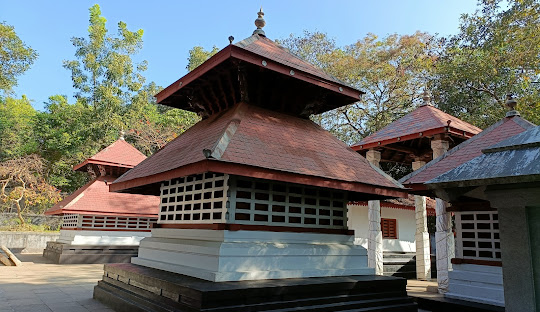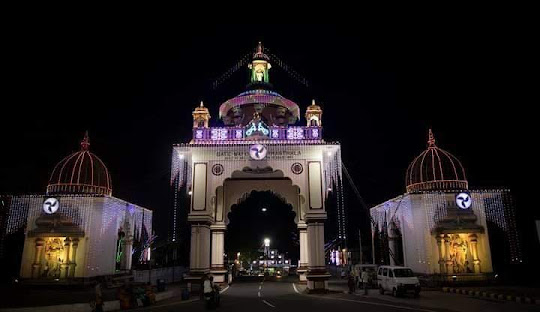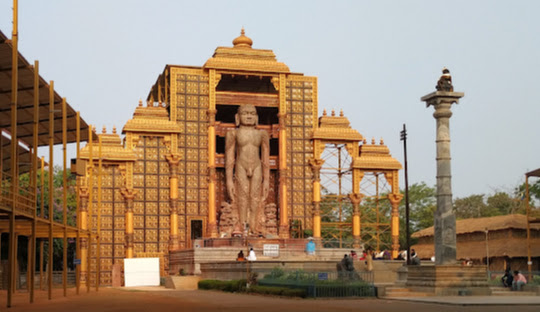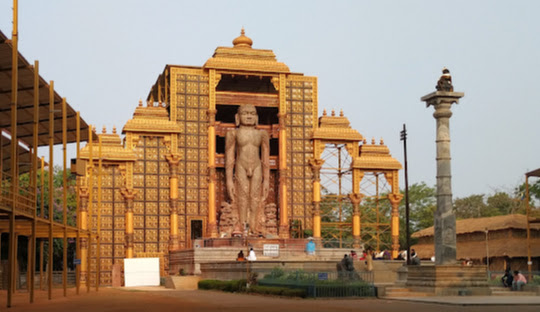Dharmasthala is a sacred town located in the Dakshina Kannada district of Karnataka, India. It is renowned for the Dharmasthala Temple, which is dedicated to Lord Manjunatha (a form of Lord Shiva). Here’s what you need to know about Dharmasthala:
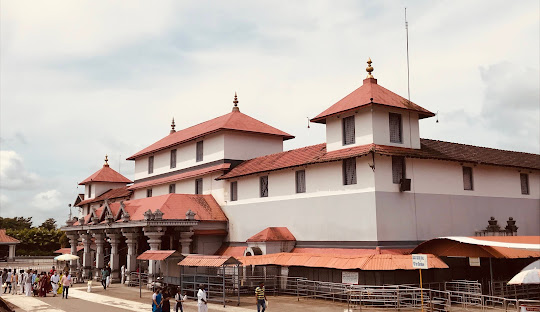
Advance Facilities
Dharmasthala Temple: The Dharmasthala Temple is the main attraction of the town and is known for its religious significance and philanthropic activities. The temple is dedicated to Lord Manjunatha, and the presiding deity is a lingam (symbol of Lord Shiva). The temple is unique because it is managed by a Jain administration and is open to people of all faiths. The priests at the temple are from the Madhva tradition of Hinduism.
Annadanam (Free Food Offering): One of the distinctive features of Dharmasthala is the tradition of Annadanam, where free meals are provided to all visitors regardless of caste, creed, or religion. The temple serves thousands of devotees and pilgrims every day, making it one of the largest annadanam programs in the world. The meals are served in a traditional manner and are considered sacred.
Bahubali Statue: Dharmasthala is also home to a massive statue of Lord Bahubali (Gommateshwara), the son of the first Jain Tirthankara, Lord Adinatha. The statue stands tall on a hill and is a popular pilgrimage site for Jains.
Shri Manjunatha Swamy Temple Administration: The temple administration is known for its efficient management and social welfare initiatives. The Dharmasthala Temple Trust runs various charitable institutions, including hospitals, schools, colleges, and housing projects, aimed at serving the needy and promoting education and healthcare in the region.
Sri Chandranatha Swamy Basadi: This Jain temple dedicated to Lord Chandranatha Swamy is another important religious site in Dharmasthala. It features intricate carvings and architecture, attracting devotees and tourists interested in Jainism.
Bhoothanatheshwara Temple: Situated near the Dharmasthala Temple, this ancient Hindu temple is dedicated to Lord Bhoothanatheshwara (a form of Lord Shiva) and is worth a visit for its historical and architectural significance.

